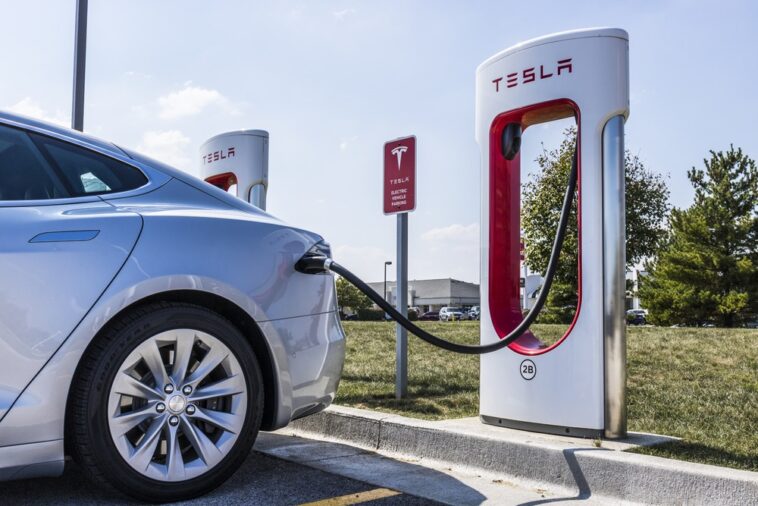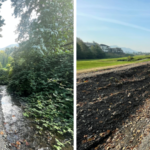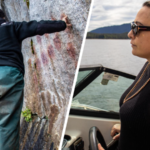British Columbia is proving to be the national leader in the transition to green transportation, as a new report says zero-emission vehicles are growing faster here than in any other jurisdiction in Canada.
According to the latest annual report released by the provincial government, 18.1% of new light-duty passenger vehicles sold in BC last year were zero-emission vehicles – the highest percentage for any province or territory in Canada. The number of electric vehicles (EVs) in BC has increased by 1,900% since 2016, skyrocketing from 5,000 to more than 100,000 on the roads today.
“Transportation accounts for about 40% of emissions in B.C., which is why we are committed to accelerating requirements for [zero emission vehicles] and setting new standards for medium- and heavy-duty vehicles.”
George Heyman, Minister of Environment and Climate Change Strategy
In response to this growth, the provincial government just announced $26 million in funding for 250 new public charging stations, part of its CleanBC program aimed at encouraging purchases of EVs and reducing reliance on gasoline and diesel.
The province now has one of Canada’s largest public charging networks, with over 3,800 charging stations installed by the end of 2022, up from 781 stations in 2016.
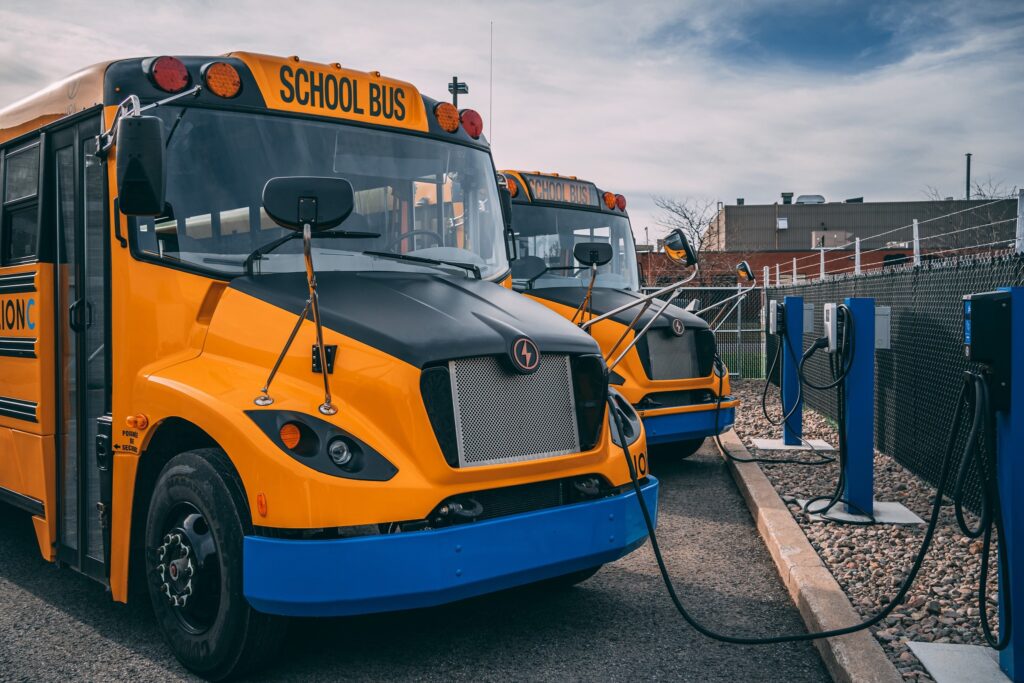
Going Electric Pays
The BC government’s Go Electric rebate program has encouraged many to make the electric transition, providing rebates for up to $4000 per passenger vehicle. The federal government and certain Indigenous communities also offer rebate top-ups for eligible individuals.
“Transportation accounts for about 40% of emissions in BC, which is why we are committed to accelerating requirements for [zero emission vehicles] and setting new standards for medium- and heavy-duty vehicles. To support this uptake, we continue to expand BC’s electric vehicle charging network, with a target of having 10,000 public EV charging stations by 2030,” George Heyman, Minister of Environment and Climate Change Strategy, said in a press release.
The government is banking on its new investments to help BC lead the electric vehicle charge and grow the economy. The latest report from the Province says the clean vehicle sector provides over 6,700 jobs and $622 million to the provincial gross domestic product.
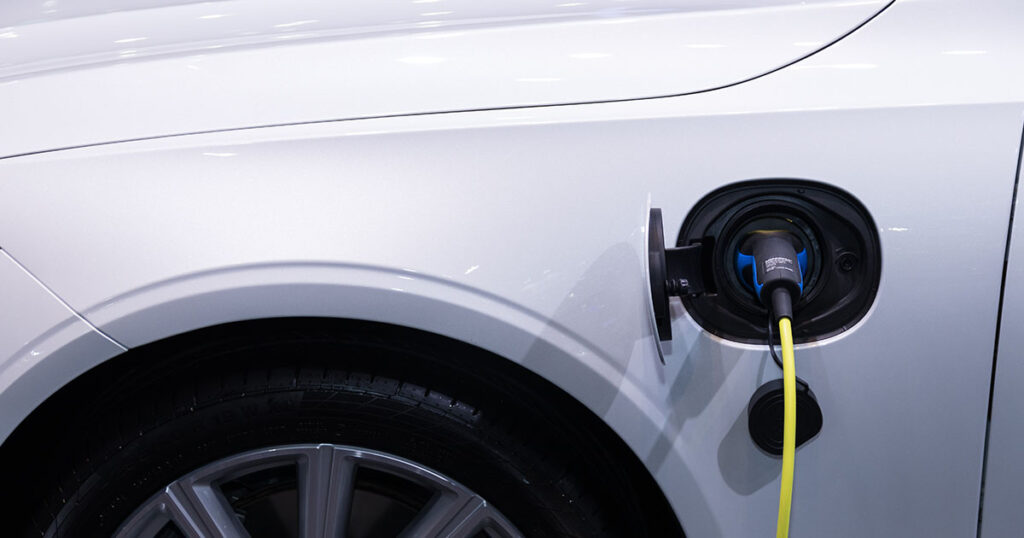
Charger Stations Urgently Needed
The government’s funding announcement comes just after a recent BCAA survey reflected consumer concerns about vehicle charging. Though consumer satisfaction is very high, 48% of EV owners are concerned about access to public charging stations.
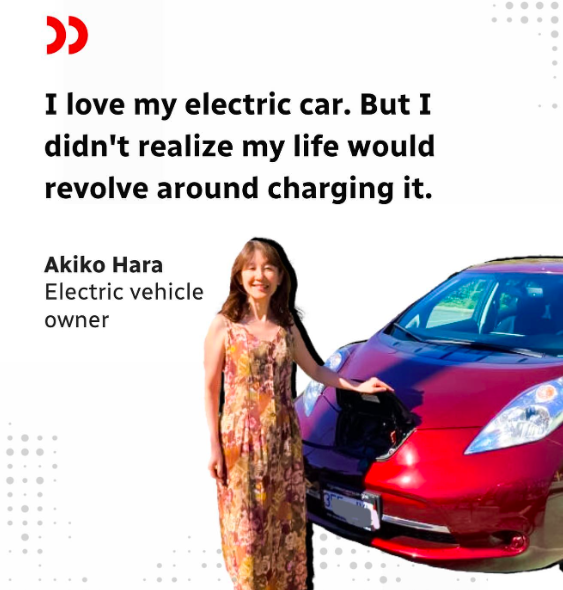
Vancouver’s Akiko Hara was quick to embrace her new electric vehicle. But in a CBC First Person column, she wrote about how the laborious search to find a local charger was making her have second thoughts.
Drivers like Hara, who have no charger in their building or on their property, are constantly searching for an available station nearby. “Chargers in my neighbourhood were almost always unavailable unless I got there before 7 a.m. or after 10 p.m.” Even worse, she often found “the charger that showed as “available” online was often taken by the time I got there.”
More than half of new EV owners still own a gas vehicle for longer journeys, as there are fewer charging stations further away from urban centres. Even so, the BCAA survey notes 96% of new EV owners would make the purchase again.
Rural vs Urban Divide
Rural drivers are also concerned about the favouring of urban populations over their communities in the EV boom. The CBC found that one in every 45 people in the Lower Mainland owns a zero-emission vehicle, compared with one in every 414 people in northern BC.
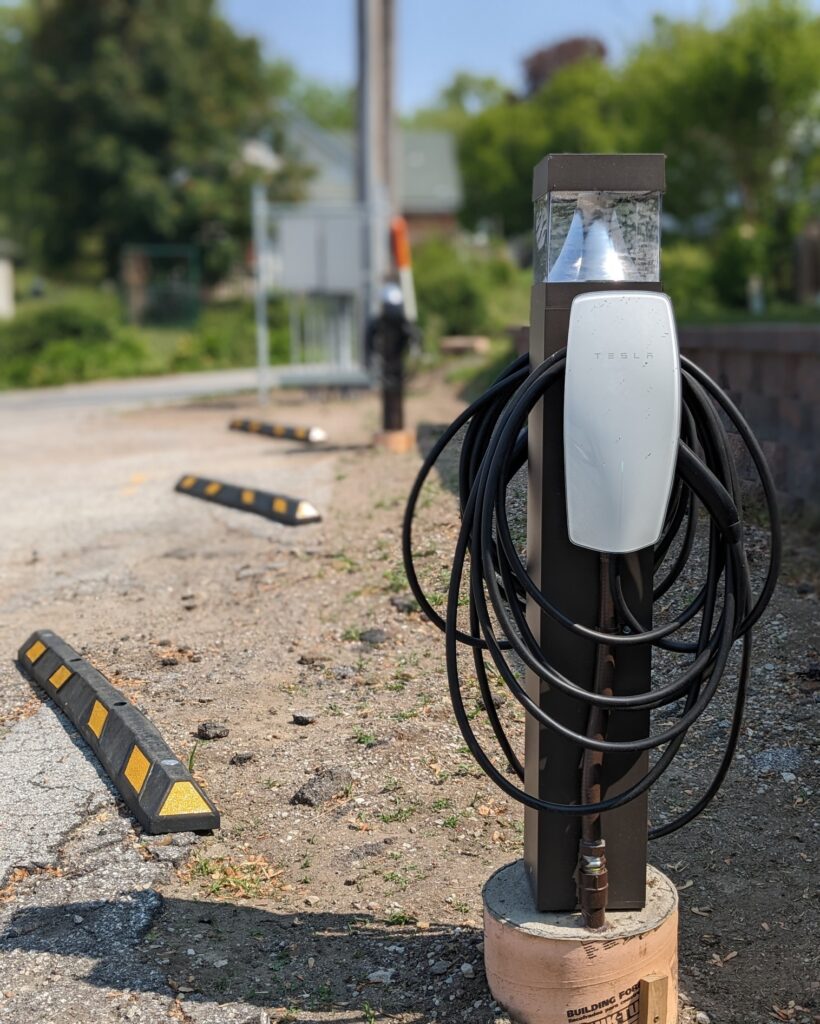
Many cities incentivize EV purchases and stations, with manufacturers targeting these population centres. “It is a concern to me when we’ve got the provincial zero-emission vehicle mandate in place … but that doesn’t have a link to equitable distribution,” Megan Lohmann, director of strategic initiative with the Community Energy Association, told the CBC.
Many, like Lohmann. say that if EV manufacturers were to increase off-road capabilities in medium to larger vehicles like pick-up trucks, people would be inclined to trade in their gas-fueled cars.
With the newly-released Ford F-150 Electric Truck and Chevrolet’s 2024 Silverado EV, more rural drivers may soon make the switch.





